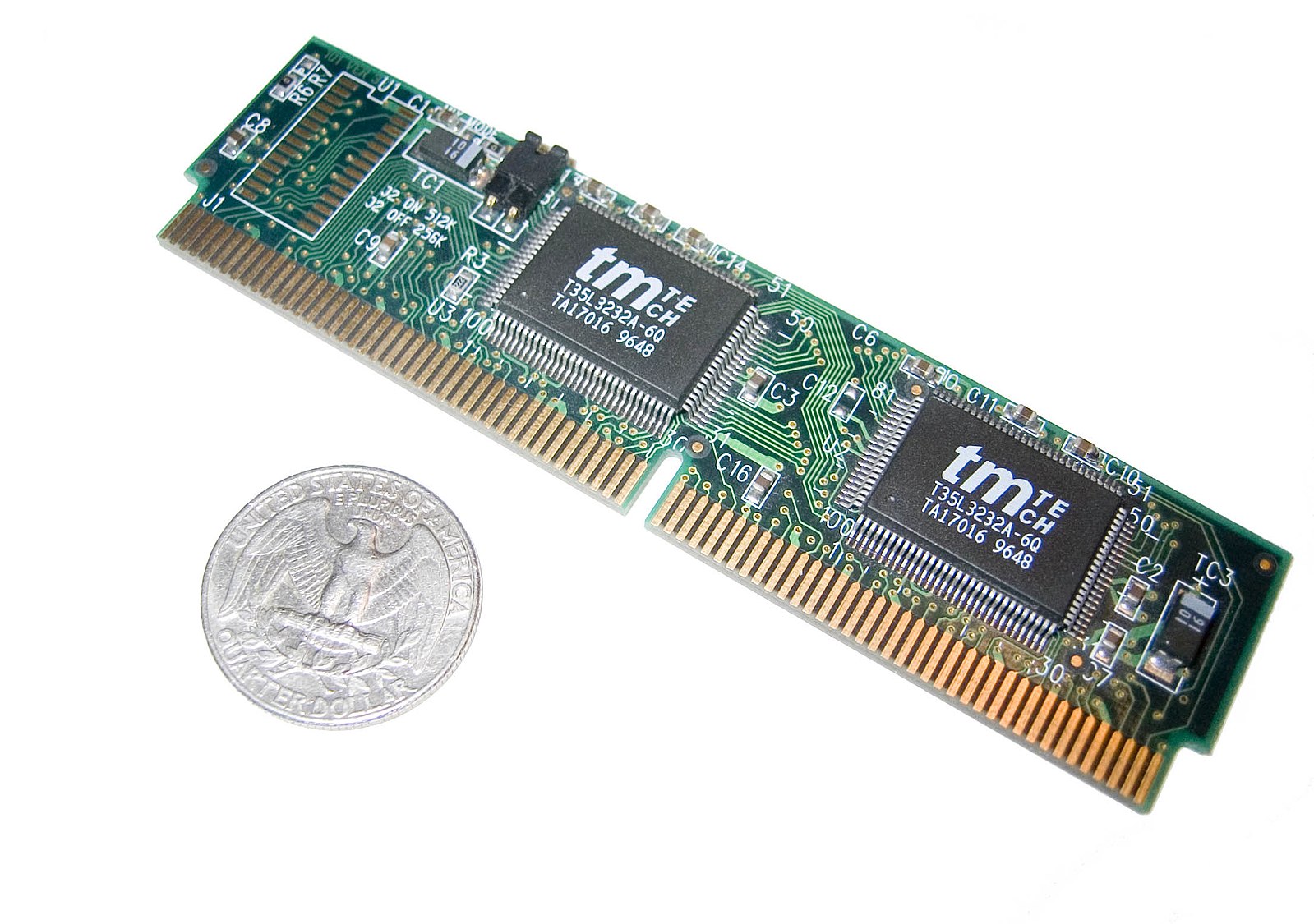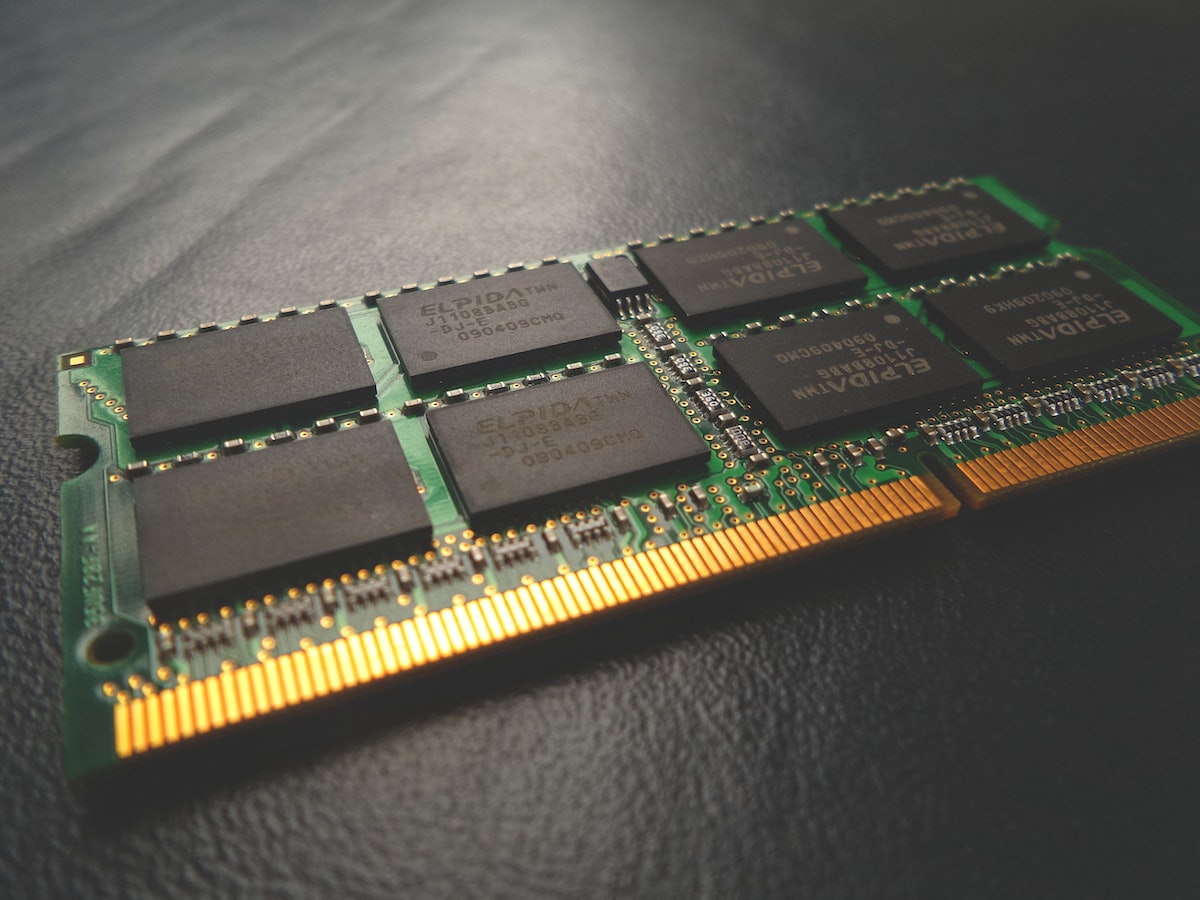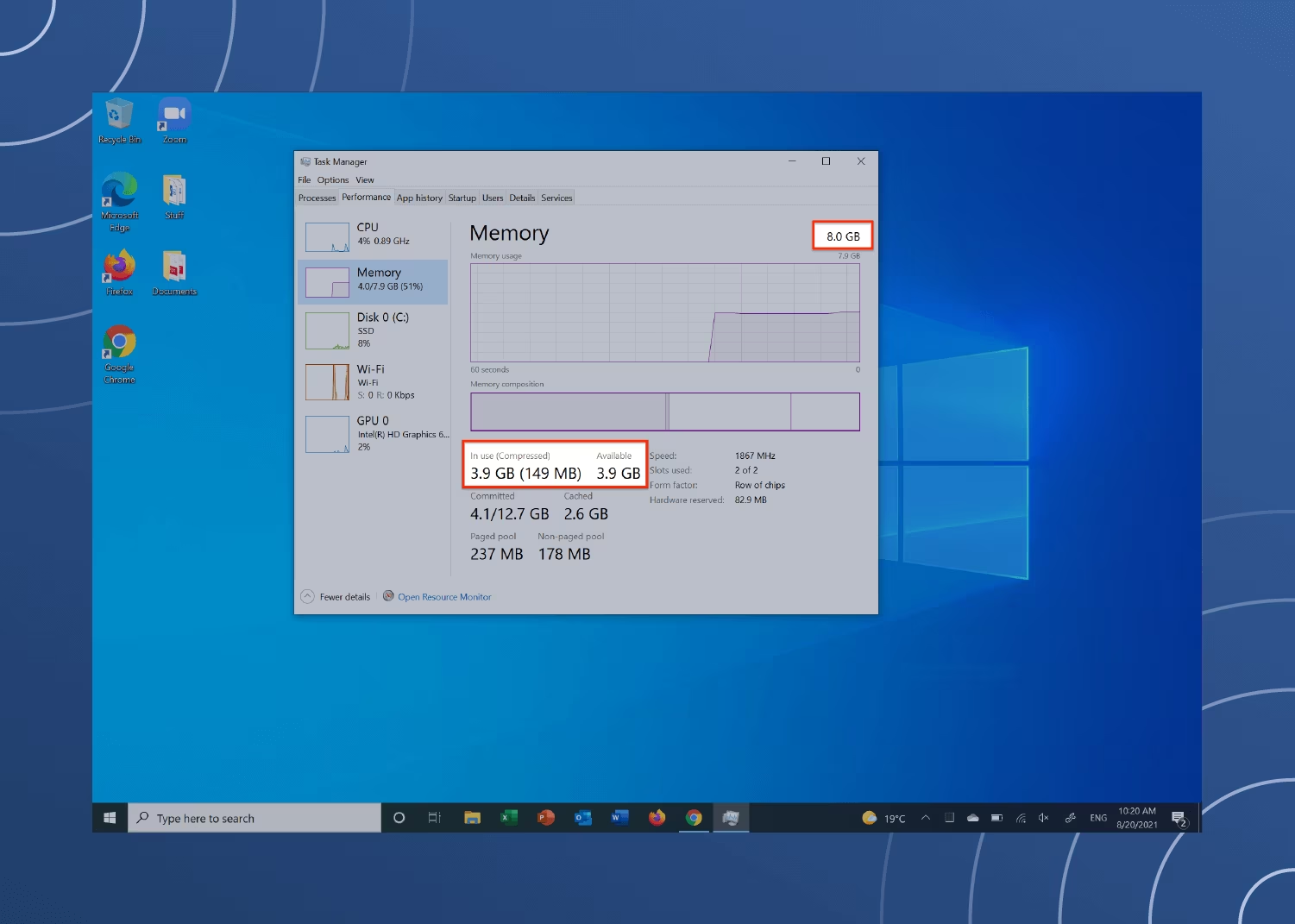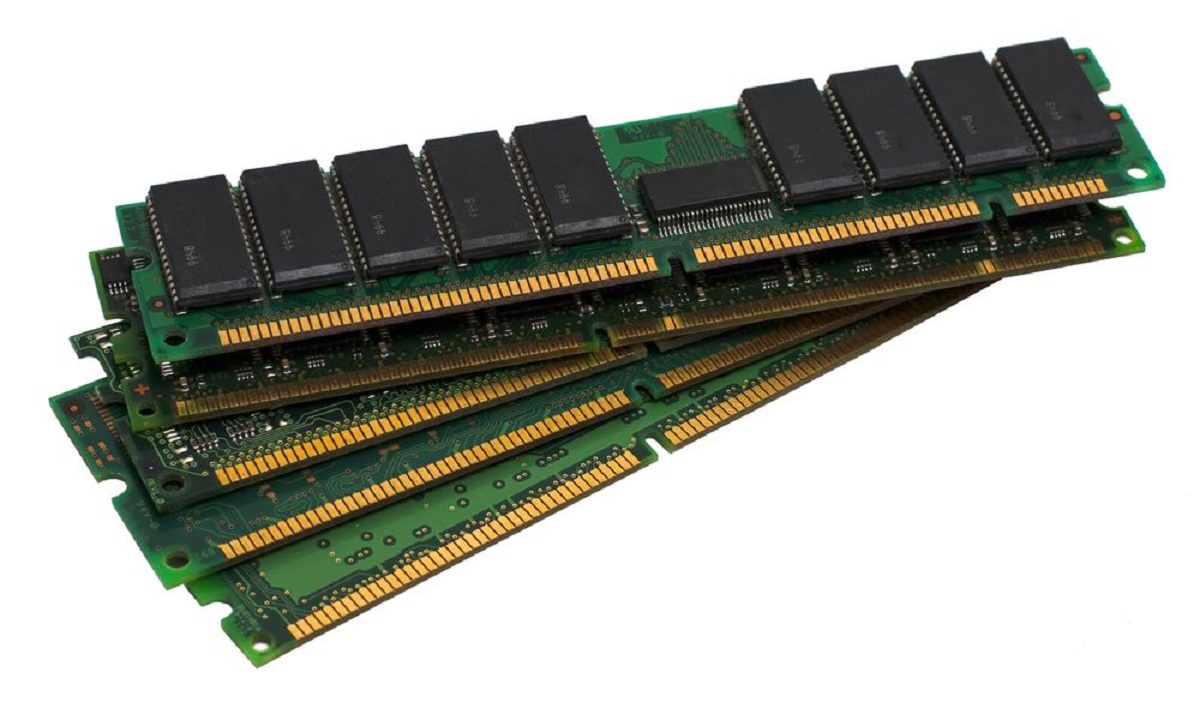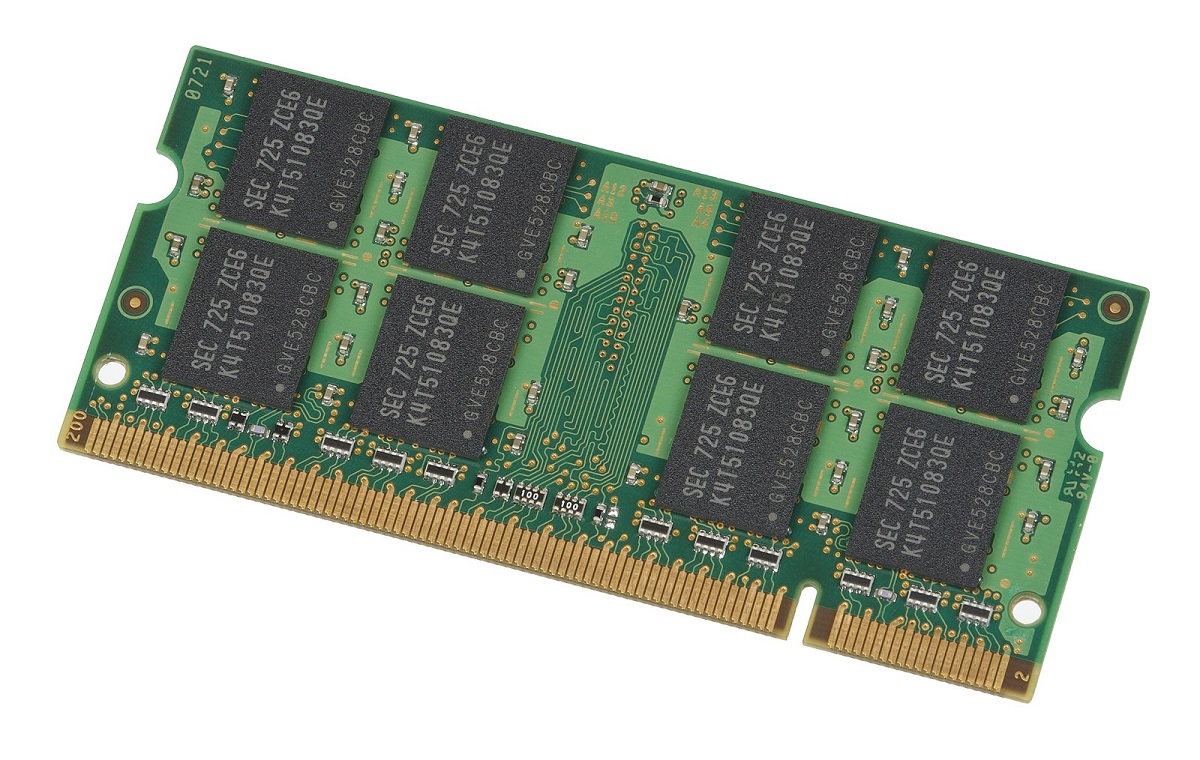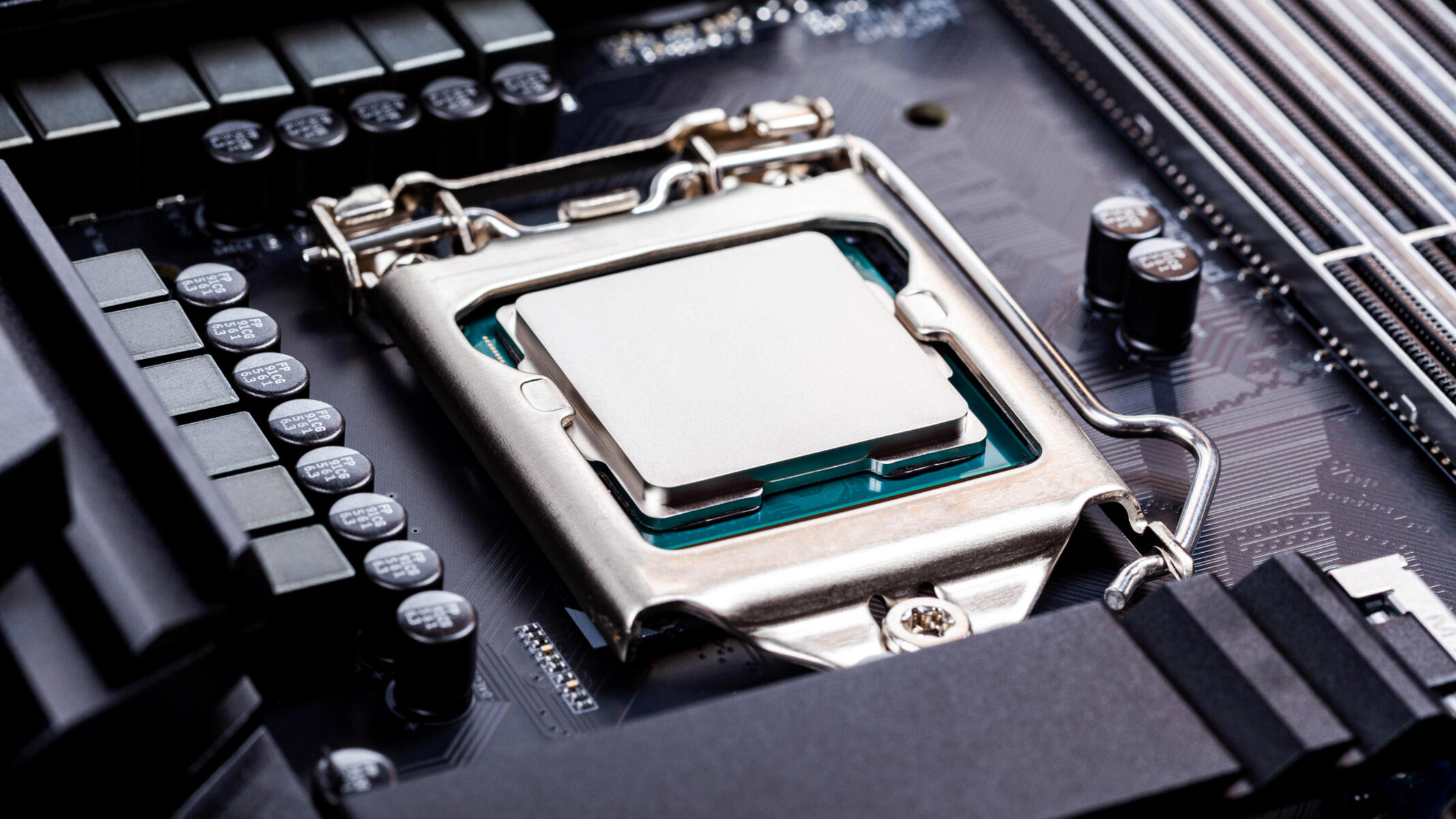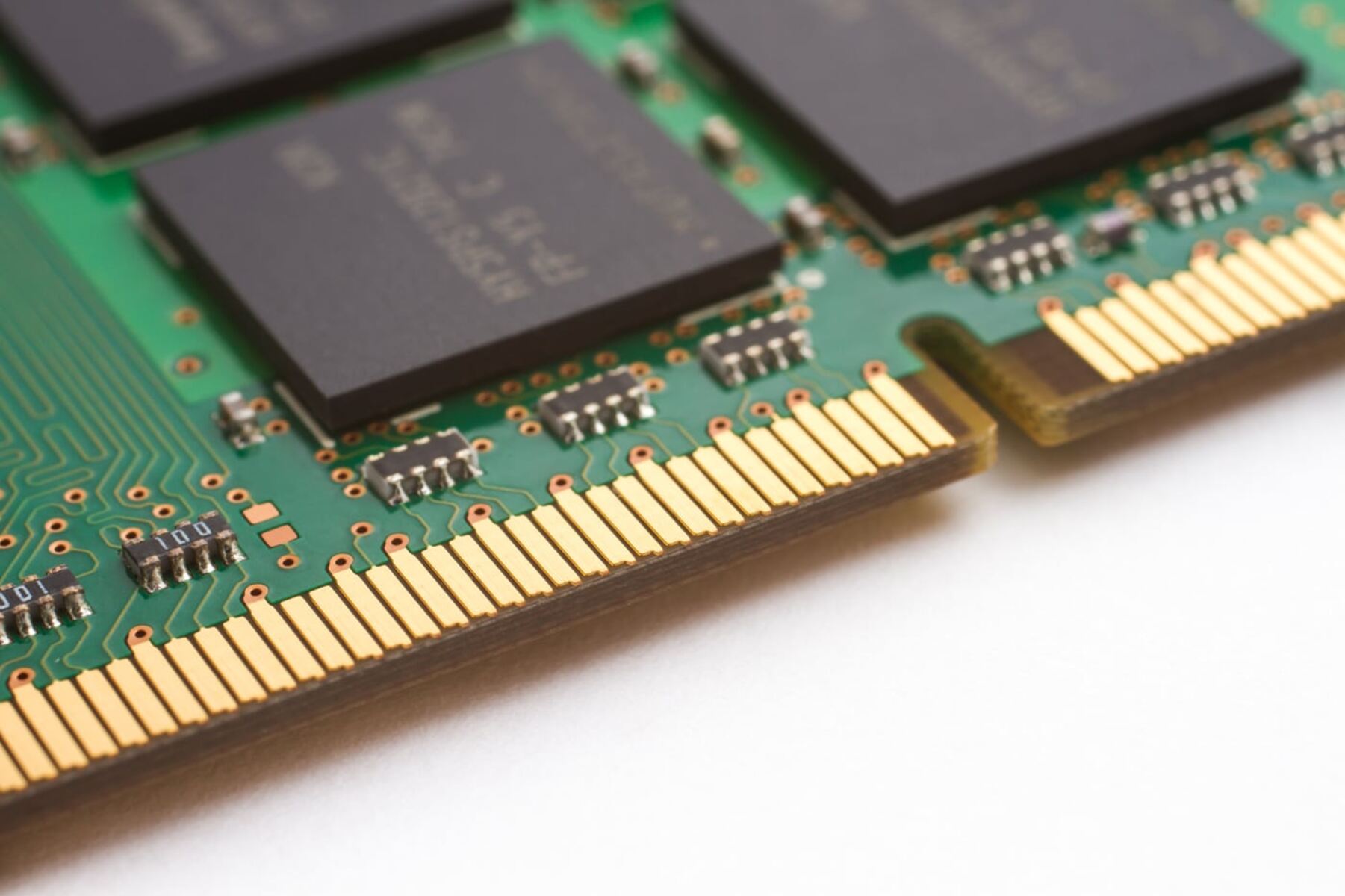Introduction
Have you ever experienced slow loading times on your computer or website? You’re not alone. In today’s fast-paced digital world, speed is of the essence. Whether you’re a casual computer user or a website owner, you understand the importance of quick and efficient performance. That’s where RAM Cache comes into play.
RAM Cache, also known as Random Access Memory Cache, is a technology that helps improve the speed and responsiveness of your computer or website. It works by temporarily storing frequently accessed data in the RAM (Random Access Memory) of your device, allowing for faster retrieval and reducing the need to access slower storage mediums like hard drives or solid-state drives.
In this article, we will explore the concept of RAM Cache in detail, discussing how it works, its benefits, drawbacks, and how to enable it on your system or website. By the end, you’ll have a clear understanding of how RAM Cache can boost the performance and efficiency of your digital experience.
What is RAM Cache?
RAM Cache, also known as Random Access Memory Cache, is a technology that utilizes the high-speed memory called RAM (Random Access Memory) to store frequently accessed data. It acts as a temporary storage area for data that is accessed repeatedly, allowing for faster retrieval and improved overall system or website performance.
When you access a file or open a website, the data is initially stored on a storage medium like a hard drive or solid-state drive. However, accessing data from these storage devices takes time due to their mechanical or electronic nature. In contrast, RAM is much faster and can be accessed and written to quickly. RAM Cache capitalizes on the speed advantage of RAM by keeping frequently accessed data in the RAM itself, reducing the need to access the slower storage mediums.
RAM Cache works on the principle of caching. Caching refers to the process of storing data in a cache, a temporary storage area, for quicker access. When you first access data, it is stored in the cache. If the same data is accessed again, it can be retrieved from the cache instead of going through the time-consuming retrieval process from the primary storage device.
The size of the RAM Cache can vary depending on the available RAM on your system. Typically, the cache size is automatically managed, but some systems or software allow you to control the cache size manually. It’s important to strike a balance between allocating enough memory to the cache to hold frequently accessed data and leaving sufficient RAM available for other tasks and processes.
Overall, RAM Cache plays a crucial role in speeding up data retrieval and improving system or website performance. By utilizing the fast and efficient nature of RAM, it minimizes the need to access slower storage devices, resulting in quicker data access, reduced latency, and a smoother digital experience.
How Does RAM Cache Work?
RAM Cache operates by efficiently managing data storage and retrieval. When you access a file or open a website, the data is initially fetched from the slower storage medium, such as a hard drive or solid-state drive, and stored in the cache in the RAM. Subsequent access to the same data can then be retrieved directly from the cache, resulting in faster retrieval times.
The caching process involves two main components: the cache controller and the cache memory. The cache controller manages the flow of data between the RAM cache and the primary storage device, while the cache memory is the portion of the RAM dedicated to storing the cached data.
When you request a particular file or website, the cache controller checks if the data is already present in the cache memory. If it is, the cache memory delivers the data to the processor or application requesting it, bypassing the need to retrieve it from the slower storage medium. This process significantly reduces the overall latency and improves the responsiveness of your system or website.
However, if the requested data is not present in the cache, a cache miss occurs. In this case, the cache controller fetches the data from the primary storage device, stores it in the cache memory for future access, and then delivers it to the requesting processor or application. The cache controller also uses various algorithms to determine which data should be evicted from the cache when the cache memory is full.
It’s important to note that RAM Cache works best with data that exhibits a high degree of locality, meaning data that is accessed frequently and in close proximity to each other. Applications that involve reading and writing large files or accessing random data may not benefit as much from RAM Cache, as the cache hit rate may be relatively low.
Overall, RAM Cache provides a smart and efficient approach to accelerate data retrieval by utilizing the high-speed memory of RAM. By keeping frequently accessed data in the cache, it minimizes the need to access slower storage devices, reducing latency and providing a smooth and responsive experience for users.
Benefits of RAM Cache
RAM Cache offers several advantages that contribute to improved system or website performance. Let’s delve into some of the key benefits:
- Faster Data Access: The primary advantage of RAM Cache is faster data retrieval. By storing frequently accessed data in the high-speed memory of RAM, it eliminates the need to access slower storage mediums like hard drives or solid-state drives. This results in reduced latency and quicker response times.
- Improved Responsiveness: With RAM Cache, applications, websites, and operating systems become more responsive. Since commonly used data is readily available in the cache, tasks and processes that rely on that data can be performed more efficiently. This leads to enhanced user experience and increased productivity.
- Reduced Wait Times: Waiting for files to load or websites to render can be frustrating. RAM Cache dramatically reduces wait times by ensuring that the frequently accessed data is readily available, eliminating the need to fetch it from slower storage devices. This results in a smoother and more seamless user experience.
- Efficient Resource Utilization: RAM Cache optimizes the utilization of system resources. By reducing the need for frequent disk accesses, it frees up system resources that can be utilized for other tasks or processes. This allows your computer or server to handle more simultaneous requests effectively.
- Increased Performance for Specific Applications: Certain applications, such as video or image editing software, database systems, and virtual machines, can benefit greatly from RAM Cache. These applications often involve frequent read and write operations on large files, and RAM Cache accelerates these operations, resulting in improved performance.
Overall, RAM Cache acts as a performance booster, improving data access speeds, responsiveness, and overall efficiency. Whether you’re a casual computer user or a website owner, incorporating RAM Cache into your system or website can make a noticeable difference in your digital experience.
Drawbacks of RAM Cache
While RAM Cache offers numerous benefits, it is important to be aware of its potential drawbacks. Let’s explore some of the limitations and challenges associated with using RAM Cache:
- Limited Storage Capacity: The size of the RAM Cache is limited by the available RAM on your system. If the cache size is too small to accommodate frequently accessed data, the cache hit rate may decrease, resulting in less effective caching and reduced performance improvement.
- Inefficient for Random or Infrequently Accessed Data: RAM Cache is most effective for data with high locality, meaning data that is accessed frequently and in close proximity to each other. However, for random or infrequently accessed data, the cache hit rate may be low, and the benefits of caching may not be as significant.
- Cache Invalidation Issues: RAM Cache relies on the assumption that data accessed once will likely be accessed again. However, if the data in the cache is modified or updated before it is accessed again, cache invalidation issues may arise. This can lead to stale or outdated data being served, affecting the reliability and accuracy of the system or website.
- Increased RAM Usage: Activating RAM Cache requires allocating a portion of the already limited RAM to store cached data. If the cache size is set too high or multiple applications are running simultaneously, it can lead to increased RAM usage, potentially causing slowdowns or performance issues elsewhere.
- Complex Cache Management: Managing and optimizing the cache can be a challenge. Determining the optimal cache size, eviction policies, and cache management algorithms requires careful consideration and may vary depending on the specific use case and system requirements.
While these drawbacks exist, it’s important to note that the benefits of RAM Cache often outweigh the limitations. With proper configuration and management, RAM Cache can significantly enhance system or website performance and provide a smoother user experience.
How to Enable RAM Cache
Enabling RAM Cache on your system or website can boost performance and improve data access speeds. The process may vary depending on your specific setup, but here are some general methods for enabling RAM Cache:
- Operating System Settings: Most modern operating systems, such as Windows, macOS, and Linux, have built-in mechanisms for enabling RAM Cache. These settings allow you to allocate a portion of the available RAM for caching purposes. Access the system settings or control panel and look for options related to disk caching or virtual memory management.
- Web Server Configuration: If you are a website owner or administrator, you can enable RAM Cache on your web server to improve website performance. This can be achieved through server-side caching techniques like reverse proxy caching, object caching, or content delivery network (CDN) caching. Consult your web server documentation or seek assistance from your hosting provider to configure caching settings.
- Caching Plugins and Tools: Content management systems (CMS) like WordPress often have caching plugins available that can be easily installed and configured. These plugins utilize RAM Cache to store frequently accessed website content, reducing page load times. Additionally, various caching tools and libraries are available for specific programming languages and frameworks, enabling you to implement RAM Cache in your application code.
- Database Caching: If you are using a database management system (DBMS), enabling database caching can greatly enhance performance. DBMSs like MySQL or Redis provide options for caching query results in the RAM, allowing for faster retrieval in subsequent requests. Consult the documentation of your DBMS to learn how to enable and configure database caching.
- File System Caching: Some file systems, such as ZFS or Btrfs, offer built-in file system caching mechanisms. By enabling file system caching, frequently accessed files can be cached in RAM, resulting in improved file access speeds. Check the documentation of your file system or consult your system administrator to enable file system caching.
Remember that enabling RAM Cache should be done with careful consideration of your system’s capabilities and requirements. It is important to monitor and optimize cache settings periodically to ensure optimal performance and avoid potential issues.
Conclusion
RAM Cache, or Random Access Memory Cache, is a powerful technology that improves system and website performance by leveraging the high-speed memory of RAM. By storing frequently accessed data in the RAM cache, it reduces the need to access slower storage devices, resulting in faster data retrieval, improved responsiveness, and a smoother user experience.
Enabling RAM Cache can be done through operating system settings, web server configuration, caching plugins or tools, database caching, or file system caching. Each method has its own considerations and implementation techniques, but they all aim to allocate a portion of the available RAM for caching purposes.
While RAM Cache offers many benefits, it also has some limitations. The cache size is limited by the available RAM, and caching is most effective for data with high locality. Cache invalidation issues, increased RAM usage, and complex cache management can also present challenges. However, with proper configuration and management, the advantages of RAM Cache generally outweigh the drawbacks.
Overall, RAM Cache is a valuable tool for enhancing system and website performance. By optimizing data retrieval and reducing latency, it provides faster access to frequently accessed data and improves the overall efficiency of your digital experience. Whether you’re a computer user or a website owner, incorporating RAM Cache into your system can make a significant difference in speed, responsiveness, and user satisfaction.







